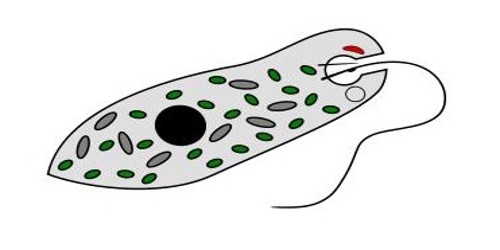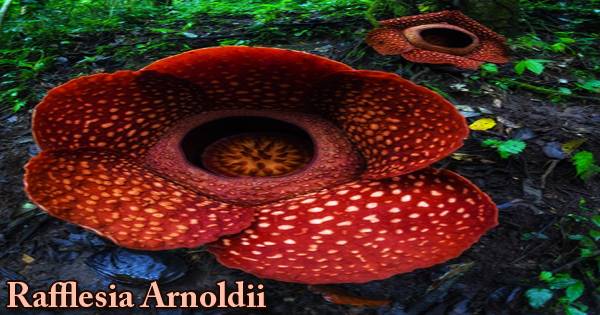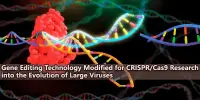A mixotroph is an organism that can use a mix of different sources of energy and carbon. It is estimated that mixotrophs comprise more than half of all microscopic plankton. It is an organism capable of existing as either an autotroph or heterotroph. Usually, this means that it may be either autotroph or heterotroph at different times in its life. Also possible are alternations between photo- and chemotrophy, or between litho- and organotrophy. Mixotrophs can be either eukaryotes or prokaryotes.
It is an organism that can obtain carbon from carbon dioxide as well as organic compounds. It can able to assimilate organic compounds as carbon sources while using inorganic compounds as electron donors. It is prevalent among planktonic chrysophytes, prymnesiophytes, perhaps cryptophytes, dinoflagellates, ciliates, and among
the sarcodines. This applies to a unicellular alga, the euglena, which uses photosynthesis in the presence of light and absorption if the light is absent.
Types of mixotrophy
Organisms may employ mixotrophy obligately or facultatively.
- Obligate mixotrophy: To support growth and maintenance, an organism must utilize both heterotrophic and autotrophic means.
- Obligate autotrophy with facultative heterotrophy: Autotrophy alone is sufficient for growth and maintenance, but heterotrophy may be used as a supplementary strategy when autotrophic energy is not enough, for example, when light intensity is low.
- Facultative autotrophy with obligate heterotrophy: Heterotrophy is sufficient for growth and maintenance, but autotrophy may be used to supplement, for example, when prey availability is very low.
- Facultative mixotrophy: Maintenance and growth may be obtained by heterotrophic or autotrophic means alone, and mixotrophy is used only when necessary.
















